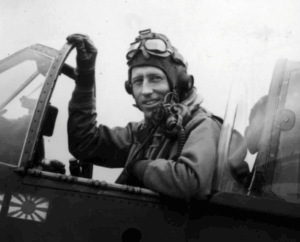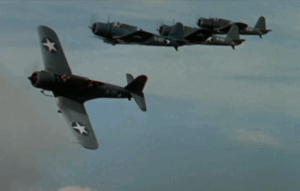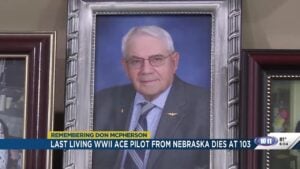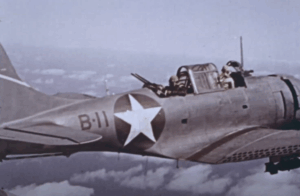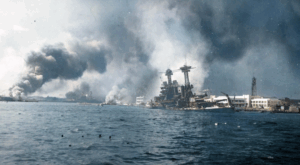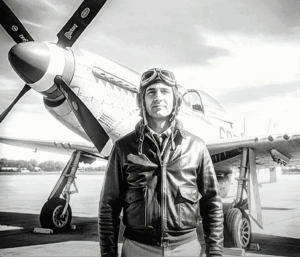The U.S. Gunship So Powerful It Got Banned
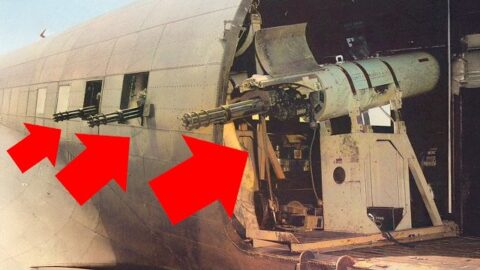
YouTube / Dark Docs
The Vietnam War was still in its early years, with both sides escalating the fight. The North Vietnamese Army, emboldened by recent victories, worked with the Vietcong to infiltrate U.S. and South Vietnamese positions.
On the night of December 23, ARVN troops at the Trahn Yend outpost on the Mekong Delta braced for a Vietcong attack they couldn’t stop. They radioed for U.S. air support, knowing the guerrillas’ usual tactic. Vanish into the jungle, wait for airstrikes to end, then strike again. However, this night was different. Bright red streaks lit the sky, raining down in sheets of fire. A new weapon had arrived, the Douglas AC-47. Its glowing tracers earned it a name that spread quickly among ARVN troops: “The Dragonship.”
Puff the Magic Dragon
The AC-47 was the first of its kind- a side-firing ground control gunship of the future. The pilot could easily toggle to fire all three miniguns at once or control them independently. This allowed greater offensive flexibility in the air.
The Air Force approved Project Tail Chaser, and the team modified a twin-engine C-130 into a trainer. After a few tests, they were given a C-47 Skytrain as the next test aircraft. The C-47 proved to be the perfect model for modifications. Its history as a cargo plane meant that there was plenty of space to carry additional ammunition and flares. Additionally, every fifth round fired was loaded with a distinctive red tracer round. A glowing bullet that, when the aircraft’s three guns were firing at high speed, created an effect resembling bright red rain. It was a kind of flare that helped illuminate the enemy while also blanketing them in heavy fire.
The Dragon Flies
Terry and his team, now operating under Project Gunship, arrived in South Vietnam on December 2, 1964. They brought with them the plans and necessary equipment to modify two C-47s.
However, the crew faced unexpected opposition from the Air Force brass stationed at the base, telling them they were not to unpack or speak to anyone as they, along with their equipment and plans, would be immediately dispatched back to the US.
Apparently, a four-star general filed an official complaint after seeing Terry’s plans to modify C-47s already on the ground in Vietnam. The reason? The general believed the project didn’t fit the Air Force’s prevailing operational philosophy. Fortunately, Vice Chief of Staff John P. McConnell intervened before Terry and his team were forced out of Vietnam.
The first modified C-47 test craft was ready by December 11, and the second by December 15. They were dubbed as the AC-47, an AC-4 attack designation given the radio call sign, “Puff,” short for Puff the Magic Dragon.
Huge Success
The AC-47 turned out to be a huge success. All of its combat engagements in the final weeks of December 1964 were successful. This led to an urgent request for a full squadron of AC-47s made by the Air Force.
The Air Force cited the plane’s immense psychological importance to ground troops when compared with other aircraft strike efforts to date. Soon, an AC squadron was created operating with the fourth Air Commando squadron. By the end of 1965, these gunships were used in 277 combat missions, firing 137,136 rounds, and helped American forces engaged on the ground at a time when the war was turning in the North Vietnamese’s favor. It continued to be used with extraordinary success in night base defense missions.
A total of 53 aircraft were converted into AC-47s, with 41 of them successfully deployed to Vietnam and serving in the war. The US may have eventually lost the war, but records showed that no village or outpost that was protected by an AC-47 squadron was ever lost to the North Vietnamese Army or the Vietcong.















